Color Psychology in UX: What Your Brand Colors Say About You
Color psychology in UX (user experience) plays a more significant role than many brands realize. It’s not just about choosing a favorite color or following trends; it’s a science-backed approach that connects human emotions with visual design. This connection can guide user actions, foster trust, and even increase conversions.
For example, the calming blue of a banking app can evoke a sense of security, while the vibrant red of a flash sale banner can create excitement. The colors you select have a direct impact on how users perceive your brand. In a world where users form trust in a website within seconds, your color palette can either attract them or push them away.
So, what do your brand colors really communicate about you?
The Science Behind Color Psychology in UX
Color psychology in UX isn’t a new idea. Psychologists and marketers have studied how colors affect human behavior for decades. However, in the UX realm, this goes beyond basic color theory. It’s about strategically selecting colors that align with your brand voice, UX goals, and emotional triggers.
Each color evokes specific emotional responses:
- Red signals urgency, excitement, and sometimes danger.
- Blue conveys trust, calmness, and stability.
- Yellow radiates optimism and warmth.
- Green suggests growth, health, and nature.
- Black adds sophistication or mystery.
- Purple implies creativity and luxury.
But the trick is not just in choosing colors based on meaning — it’s using them in the right context and combination for your audience.
Color Psychology in UX Begins With First Impressions
First impressions online are made in less than 50 milliseconds. That’s faster than you can blink. Users often judge a site’s credibility based on design, and color psychology in UX is at the heart of this.
Let’s say your website is for a meditation app. A black and red interface would likely create anxiety instead of calm. Instead, soft blues and muted greens give users the right cues from the first click.
In contrast, if you’re launching a flash deal eCommerce site, bright red or orange can spark action. These psychological cues subtly shape user trust and behavior without a single line of copy.
The Role of Color in Brand Trust and User Engagement
Color psychology in UX is deeply tied to brand identity. Brands like Facebook, PayPal, and IBM use blue extensively, not by accident. Blue promotes a sense of safety and professionalism.
On the other hand, brands like Coca-Cola, Netflix, and YouTube embrace red for energy, urgency, and attention-grabbing impact. But what makes these colors effective is consistency. Users associate feelings with your brand when colors remain the same across web, mobile, print, and product.
And it’s not just about emotions — color choices affect engagement. Studies have shown:
- 90% of product decisions are based on color alone.
- Users are 80% more likely to recognize a brand if a consistent color is used.
- Color increases brand recognition by up to 80%.
So if your website feels bland or inconsistent, your color choices may be to blame.
Cultural and Accessibility Considerations
One vital layer often ignored in color psychology in UX is cultural meaning. For example, while white signifies purity in Western cultures, it can symbolize mourning in parts of Asia. Red is lucky in China but can signify danger in other countries.
When designing for a global audience, test your color combinations for cultural fit. Don’t rely solely on assumptions — research and user testing should back your decisions.
Also, consider accessibility. Around 8% of men and 0.5% of women have some form of color blindness. Avoid relying solely on color to indicate states (like errors or success). Use patterns, icons, or text to support color cues.
Following WCAG (Web Content Accessibility Guidelines) ensures you maintain contrast ratios for readability and inclusivity. If your UX depends on red vs. green signals, some users may not even be able to see the difference.
CTA Colors: Nudging Users Toward Action
One of the most strategic uses of color psychology in UX is in calls to action (CTAs). That bright “Buy Now” button isn’t just randomly placed. It’s colored to stand out, catch attention, and prompt action.
Let’s compare:
- Orange buttons are used to create enthusiasm without urgency.
- Red buttons shout urgency and are best used for limited-time offers.
- Green buttons feel safe and are perfect for actions like “Get Started” or “Go.”
A/B tests have proven that simply changing button color can increase conversions by 20-30%, depending on audience and design.
So when designing your website or app, think beyond aesthetics. Ask: What emotion do I want users to feel right now? What action should this color trigger?
Using Color Psychology in UX Throughout the User Journey
Effective use of color goes beyond just the homepage or brand logo. Each touchpoint — from onboarding to checkout — should strategically apply color psychology in UX to guide the user journey.
Onboarding Screens
Use calm, welcoming tones to reduce cognitive load. If users feel overwhelmed by flashy reds or neon palettes, they’ll bounce before even understanding your value.
Navigation and Menus
Use consistent color cues to help users understand where they are, what’s clickable, and what’s not. Highlight active states with a different color that matches your primary palette.
Checkout Flow
At this stage, anxiety is common. Use green or blue tones for reassurance. Avoid aggressive reds or complex backgrounds. Clean interfaces with the right colors reduce friction and improve conversions.
Common Mistakes in Color Psychology for UX
Let’s face it: not everyone gets color psychology in UX right. Here are common pitfalls:
- Too many colors: Overloading a UI with colors can cause confusion.
- Poor contrast: Makes content hard to read and alienates users with vision impairments.
- Ignoring emotion: Just picking trendy colors without considering emotional impact weakens the experience.
- Lack of consistency: Changing palettes between pages breaks user trust.
The solution? Create a color system that defines usage across UI elements and reflects brand personality, and stick to it.
How Kreative Web Tech Applies Color Psychology in UX
At Kreative Web Tech, we combine design, behavioral science, and brand strategy to create websites that are not only visually appealing but also emotionally intelligent.
When we start a project, we incorporate color psychology into our UX process. We analyze your audience, study your competitors’ color choices, and align emotional intent with your brand’s tone.
We don’t just ask what colors you prefer; we ask, “What do you want your users to feel?” Ultimately, it’s not just about creating a website—it’s about fostering a conversation with your audience. And remember, color speaks louder than words.
Conclusion: Make Color Psychology in UX Your Competitive Edge
Color psychology in UX isn’t about making things pretty. It’s about creating emotional harmony between your brand and your users. When done right, it builds trust, boosts engagement, and guides users toward action, sometimes without them even realizing it.
So before picking your next palette, remember: every color tells a story. Make sure yours is one worth remembering.





